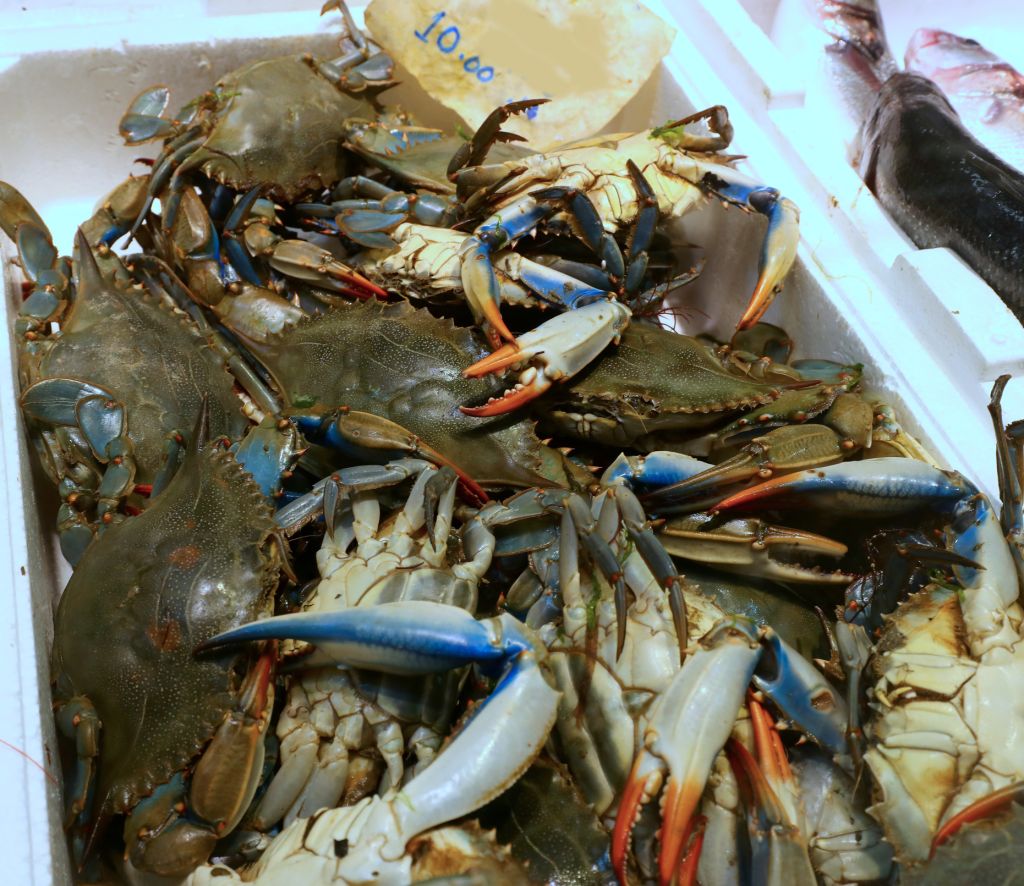Blue Crab Population in Chesapeake Bay Drops Sharply
Blue Crab Population in Chesapeake Bay Drops Sharply, Raising Concerns

According to the latest winter dredge survey, the Chesapeake Bay’s blue crab population has dropped significantly in 2025, sparking concern among state officials and environmental advocates.
This year’s estimated crab population is 238 million, a sharp decline from 317 million in 2024. It’s the second-lowest count since the survey began in 1990, with the record low of 226 million recorded just three years ago in 2022.
Officials with the Maryland Department of Natural Resources attribute the decline, in part, to harsh winter conditions that likely increased crab mortality. The blue crab population has remained below average since before 2020, and scientists are now undertaking a major stock assessment to better understand the continued drop.
“The red flags are flying for blue crabs,” said Allison Colden, Maryland Executive Director of the Chesapeake Bay Foundation. She called the findings “distressing” and pointed to shifting Bay conditions as a major challenge to current management strategies.
The ongoing stock assessment, the first since 2011, aims to evaluate long-term trends in crab survival and reproduction. This year’s survey counted 103 million juvenile crabs, down from 138 million in 2024, reinforcing worries about poor reproduction in recent years.
Mandy Bromilow, who leads the DNR’s blue crab program, said the assessment will be vital for guiding future management decisions. “Until then, we need to maintain caution in our management approach for blue crabs,” she noted.
While the survey does not indicate immediate alarm for female crab numbers, they still fall short of ideal levels. The Bay holds an estimated 108 million adult female crabs, above the danger threshold of 72.5 million, but well below the target goal of 196 million.
Crab populations are known to fluctuate, and officials stress that reproduction patterns are “naturally variable”, often following a boom-and-bust cycle. Still, the consistent downturn in recent years is hard to ignore.
Virginia fisheries managers echoed Maryland’s concerns, linking the lower numbers to colder-than-average temperatures. Yet, they noted the stability in the female crab population offers a reason for “cautious optimism.”
The Chesapeake Bay is vital to the U.S. blue crab industry, providing about half of the national harvest. Maryland’s seafood sector, with crabbing at its core, contributes nearly $600 million annually to the state economy.
For more details on the winter dredge survey, visit the Maryland DNR website.



